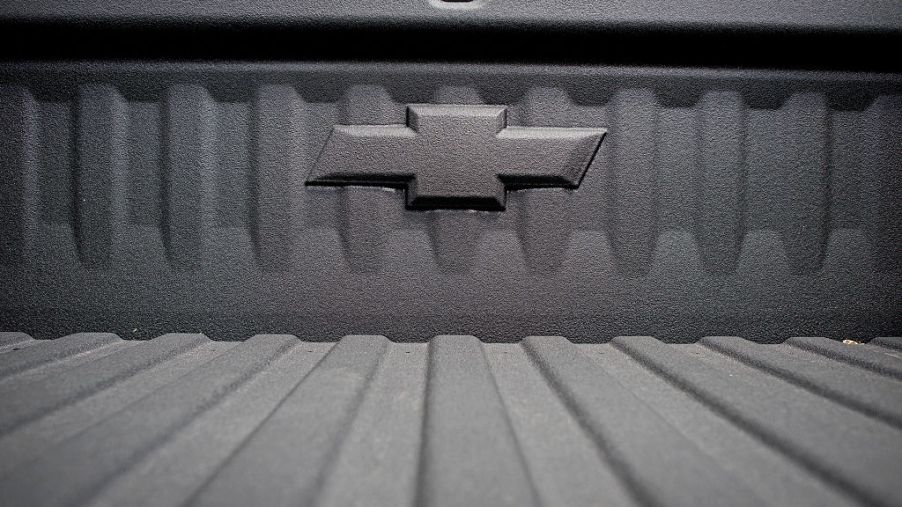
What’s Better: A Spray on or Drop-in Truck Bed Liner?
Drivers want their pick-up trucks to last for many miles. Any way they can find to protect their vehicle, they’ll jump on board with. One accessory that’s popular with many truck owners has to do with the lining of the bed. Protecting the back of the truck while you haul around cargo is important. To provide that protection, you’ll find a couple of truck bed liner products on the market.
One deals with spraying on a special coating to act as your liner. The other is a simple, one-piece accessory you place in the back of your truck. Both items have their positive points and drawbacks when it comes to protecting your vehicle, so you can keep it around for as long as possible. Here, we’ll explore the good and bad of both, so you can decide which one wins you over.
Spray-on liner
Drivers buy Pick-up trucks mostly for the hauling capabilities. But, sometimes moving things around in and out of the back, scratches, gauges, and dents occur. To avoid getting them, owners search for some type of liner for the bed of their truck. One option is the spray-on lining.
A spray-on liner is essentially a painted truck bed. They strip the paint from the back where you place your cargo. The original coating is ground down to the bare metal.
Then they will prepare the surface and paint the special coating onto the bed of the truck. The sprayed-on coating has a textured surface that helps to protect the back from getting scuffed up and scratched by the cargo you’re placing in and out of the truck. Plus, it prevents the items from sliding around.
However, it requires highly-skilled technicians to apply it. Someone who isn’t knowledgeable about the coating could perform a poor quality job, leaving you with a botched truck bed liner. Since spray-in liners are costly, you don’t want to waste your money on a bad job.
Also, if your truck has a corrosion warranty on it, this type of liner would invalidate that, because of the paint removal process that this liner needs.
Drop-in liner
A drop-in liner is a hard plastic or rubber lining that you can drop into the bed of your truck. It’s very affordable because you can install it yourself, without the need of any experts.
It protects the bed from dents and dings since the liner itself takes the brunt of the blows that the back of the truck would normally take. You can easily transfer it to another truck, provided it’s the same size as the current one.
The problem, though, is that it must fit the bed of the truck snugly. If you buy one that claims to be universal, you risk the liner not sitting right. If it’s not quite big enough, it will move around in the back with the cargo, causing dents and dings on the sides of the bed.
Also, the surface of these liners are usually smooth, which will cause your items to slide around in the back of the truck. The key to these types of truck bed liners is to do your research and buy a good one.
Which truck bed liner is better?
Both types of liners are good choices, but there will be a few things to keep in mind. If you go with a spray-on, make sure you hire someone who has experience in spraying the coating on. It will cost a lot of money, but you should get professional results. Items won’t slide around as easily, and you’ll see less damage to your truck.
Drop-in liners will do a great job if you have yours customized to your truck. Go to a shop that will make the liner to fit the bed properly. Choose one that has a rough texture to it, to prevent your cargo from sliding around. Once yours is placed correctly, you can protect the paint underneath without voiding the corrosion warranty your truck may have.
No matter which type of truck bed liner you go with, you will have good protection for many years to come. Provided, of course, you choose the highest quality product for your truck, no matter if it’s used or brand new.
Remember, spray-on liners need to be done by professionals, while drop-in liners can be installed all by yourself. Decide which one suits your situation and find a shop that will hook you up the best liner for the bed of your truck.


